Our glass substrates are engineered for precision in laboratory settings and beyond. From soda-lime optical glass to high-temperature resistant quartz, each product is designed to meet the exacting standards of optical technology. Discover our range of substrates, including sapphire sheets, boro-aluminosilicate glass, and optical quartz plates, all crafted to enhance your research and experiments.
Toggle Categories
Get Instant Support
Choose your preferred way to connect with our team
-
Get Free Quote Fill out form for detailed pricing
-
Send Email Detailed inquiry support
-
WhatsApp Quick mobile chat
Response Time
Within 8 hours on working days, 24 hours on holidays
glass substrate

High Temperature Resistant Optical Quartz Glass Sheet
Item Number : KTOM-HTR
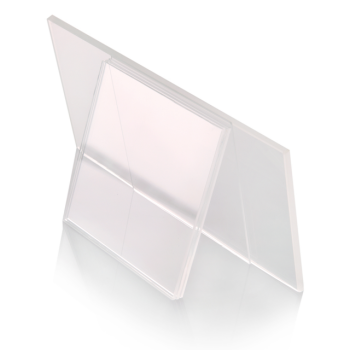
Optical Window Glass Substrate Wafer Quartz Plate JGS1 JGS2 JGS3
Item Number : KTOM-OQP
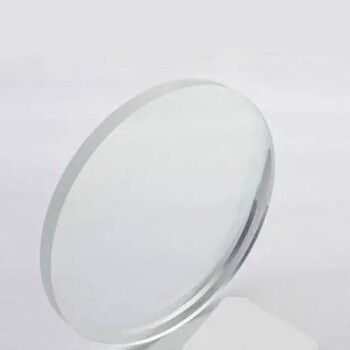
Optical Ultra-Clear Glass Sheet for Laboratory K9 B270 BK7
Item Number : KTOM-OGS
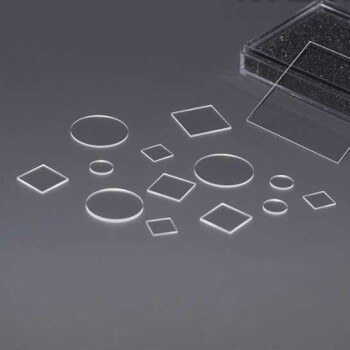
Infrared Transmission Coating Sapphire Sheet Substrate Window
Item Number : KTOM-ISS
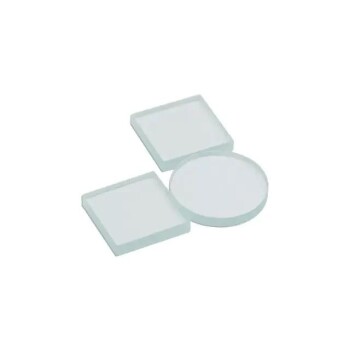
Float Soda-Lime Optical Glass for Laboratory Use
Item Number : KTOM-FSO
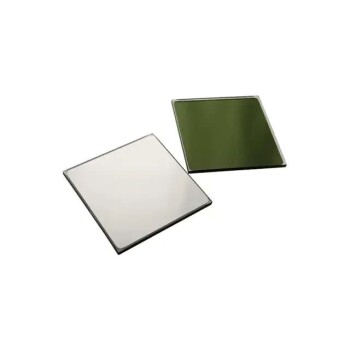
Optical Window Glass Substrate Wafer Single Double Sided Coated K9 Quartz Sheet
Item Number : KTOM-CGS

Optical Window Glass Substrate Wafer CaF2 Substrate Window Lens
Item Number : KTOM-CFW
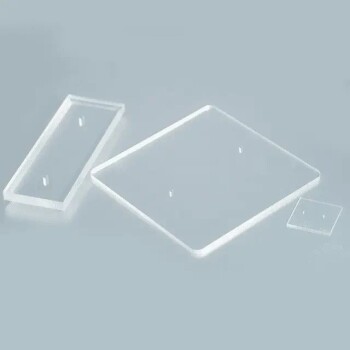
MgF2 Magnesium Fluoride Crystal Substrate Window for Optical Applications
Item Number : KTOM-MFS

Infrared High Resistance Single Crystal Silicon Lens
Item Number : KTOM-HBS
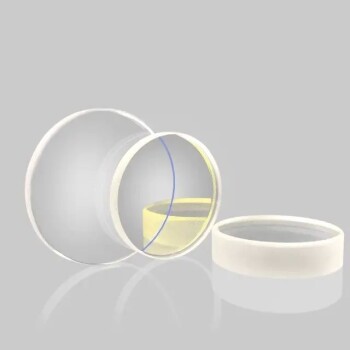
Optical Window Glass Substrate Wafer Sheets Zinc Sulfide ZnS Window
Item Number : KTOM-ZSS

Customizable XRD Sample Holders for Diverse Research Applications
Item Number : KTOM-ABG
Unmatched Quality in Glass Substrates
In the realm of optical technology, the quality of the substrate can make or break a project. Our glass substrates are meticulously crafted to offer unparalleled performance in a variety of applications. Whether you're working in telecommunications, astronomy, or laboratory research, our products are designed to meet your needs.
Soda-Lime Optical Glass
Our soda-lime optical glass is a favorite among researchers for its exceptional flatness and uniform thickness. Created by floating molten glass on molten tin, this method ensures a smooth, flawless surface ideal for thin and thick film deposition. Its versatility makes it a go-to choice for many optical applications.
Sapphire Substrates
Sapphire substrates are known for their extraordinary chemical, optical, and physical properties. Resistant to thermal shocks, high temperatures, sand erosion, and water, sapphire substrates are the backbone of many high-performance optical systems. Their durability and clarity make them indispensable in demanding environments.
Boro-Aluminosilicate Glass
Boro-aluminosilicate glass is renowned for its resistance to thermal expansion, making it ideal for applications requiring stability under varying temperatures. Commonly used in laboratory glassware and cooking utensils, this glass is a testament to its versatility and reliability.
Optical Quartz Glass
Optical quartz glass sheets are essential for precise light manipulation in various fields. From telecommunications to astronomy, these sheets offer exceptional clarity and tailored refractive properties. Their high purity and thermal resistance make them a preferred choice for advanced optical technologies.
K9 Quartz Sheet
K9 glass, also known as K9 crystal, is a type of optical borosilicate crown glass. Renowned for its exceptional optical properties, K9 quartz sheets are used in a wide range of applications, from laboratory settings to industrial optics. Their durability and optical clarity set them apart.
Calcium Fluoride Substrates
Calcium fluoride (CaF2) windows are versatile and environmentally stable, resistant to laser damage and exhibiting high, stable transmission from 200 nm to about 7 μm. These properties make them ideal for precision imaging and signal transmission applications.
Magnesium Fluoride Crystal Substrates
Magnesium fluoride (MgF2) is a tetragonal crystal that exhibits anisotropy, making it crucial for single-crystal precision in imaging and signal transmission. Its unique properties ensure high-quality results in advanced optical systems.
Glassy Carbon Sheet - RVC
Our Glassy Carbon Sheet - RVC is perfect for experimental applications, offering high-quality material that elevates research to new heights. Its durability and performance make it a favorite among researchers.
Silicon Lenses
Silicon (Si) is one of the most durable mineral and optical materials, particularly for applications in the near-infrared (NIR) range. Our silicon lenses are designed to meet the demanding standards of optical technology, ensuring reliable performance.
Glass Oscillating Beads
Glass vibration beads, commonly used in laboratory settings, are transparent glass balls designed to prevent zeolite formation. Their precision and effectiveness make them an essential tool in many research projects.
At Kintek Solution, we pride ourselves on our ability to offer customized solutions that meet the specific needs of our clients. Our team of experts is dedicated to providing the highest quality glass substrates, ensuring that your projects succeed. For more information or to discuss your specific requirements, please contact us. We look forward to helping you achieve your goals with our premium glass substrates.
FAQ
What Are The Main Types Of Glass Substrates?
What Is Soda-lime Glass Used For?
What Are The Advantages Of Using Sapphire Substrates?
Why Is Boroaluminosilicate Glass Suitable For Laboratory Glassware And Cooking Utensils?
What Are The Applications Of Optical Quartz Glass Sheets?
What Makes K9 Glass Special?
What Is A CaF2 Window Used For?
What Are The Properties Of Magnesium Fluoride Crystal Substrates?
What Is Silicon Used For In The Near-infrared Range?
What Are Glass Vibration Beads Used For In Laboratories?
REQUEST A QUOTE
Our professional team will reply to you within one business day. Please feel free to contact us!
Related Articles

The Thermodynamics of Precision: Mastering the Double-Layer Electrolytic Cell
Precision isn't accidental. Discover the methodical operation of double-layer electrolytic cells, where thermal stability and rigid setup define success.

The Silent Variable: Engineering Reliability in Electrolytic Cells
Data accuracy depends on equipment integrity. Learn the engineering protocols for maintaining electrolytic cells to prevent systemic error.

The Quiet Architecture of Clarity: Preserving Side-Window Optical Cells
Learn the precise protocols for storing optical electrolytic cells. Prevent thermal degradation, chemical etching, and data drift with expert maintenance strategies.

The Architecture of Control: Why Thermal Stability Defines Electrolysis Success
Discover how double-layer water-bath electrolytic cells eliminate thermal variables, ensuring accuracy and reproducibility in electrochemical research.

The Art of the Non-Spontaneous: Precision in Electrolytic Circuits
Mastering the electrolytic cell setup requires more than connecting wires. It demands a systematic approach to polarity, purity, and power control.

Why Ultra-Low Temps are Non-Negotiable: The Science Behind Preserving Critical Biological Materials
Discover why ultra-low temperature freezers (-86°C) are vital for preserving cells, proteins, and vaccines. Learn the science behind ULT storage best practices.

Advanced Technologies for Precision Ceramics
Explores key technologies and preparation methods for precision ceramic components, highlighting their applications and challenges.

Structure and Properties of High-Temperature Engineering Ceramics
Explore the applications, structural features, and performance advantages of high-temperature engineering ceramics across various industries.

Common Optical Materials and Their Properties
An overview of various optical materials, their properties, and applications across different spectral ranges.

Understanding and Selecting the Right Microplates for Laboratory Applications
Guide to choosing microplates based on pore density, materials, colors, well shapes, and surface finishes for various laboratory applications.

Technological Innovations in the Fused Silica Industry
Explore advancements in fused silica, its applications, and future prospects.

Difference between Single Crystal Quartz and Fused Silica
A detailed comparison of single crystal quartz and fused silica across various properties and preparation methods.

Fused Silica Crucible: Properties, Applications, and Preparation Process
An in-depth look at the properties, applications, and preparation methods of fused silica crucibles in the solar photovoltaic industry.

Key Properties and Differences Between Fused Silica and Natural Quartz
A detailed comparison of the properties, appearance, physical, chemical, and application differences between fused silica and natural quartz.

Understanding Fused Silica: Properties, Applications, and Advantages
An in-depth look at fused silica, its unique properties, and its diverse applications in various industries.

Comprehensive Overview of Fused Silica: Properties, Production, Applications, and Market Prospects
An in-depth exploration of fused silica, its properties, production process, diverse applications, and promising market outlook.

The Rise of Glass Substrates in Advanced Semiconductor Packaging
Explores the shift towards glass substrates in advanced semiconductor packaging, their advantages, and challenges.

Infrared Bands and Window Selection for Hypersonic Vehicles
Explores the challenges and solutions in selecting infrared bands and window materials for hypersonic vehicles, focusing on imaging and guidance systems.

CVD Diamond: Superior Material for Optical Windows
Explores the exceptional properties and applications of CVD diamond in optical windows.

Optical Components: Window Sheets and Their Applications
An overview of various types of optical window sheets, their materials, precision, and coating options.

